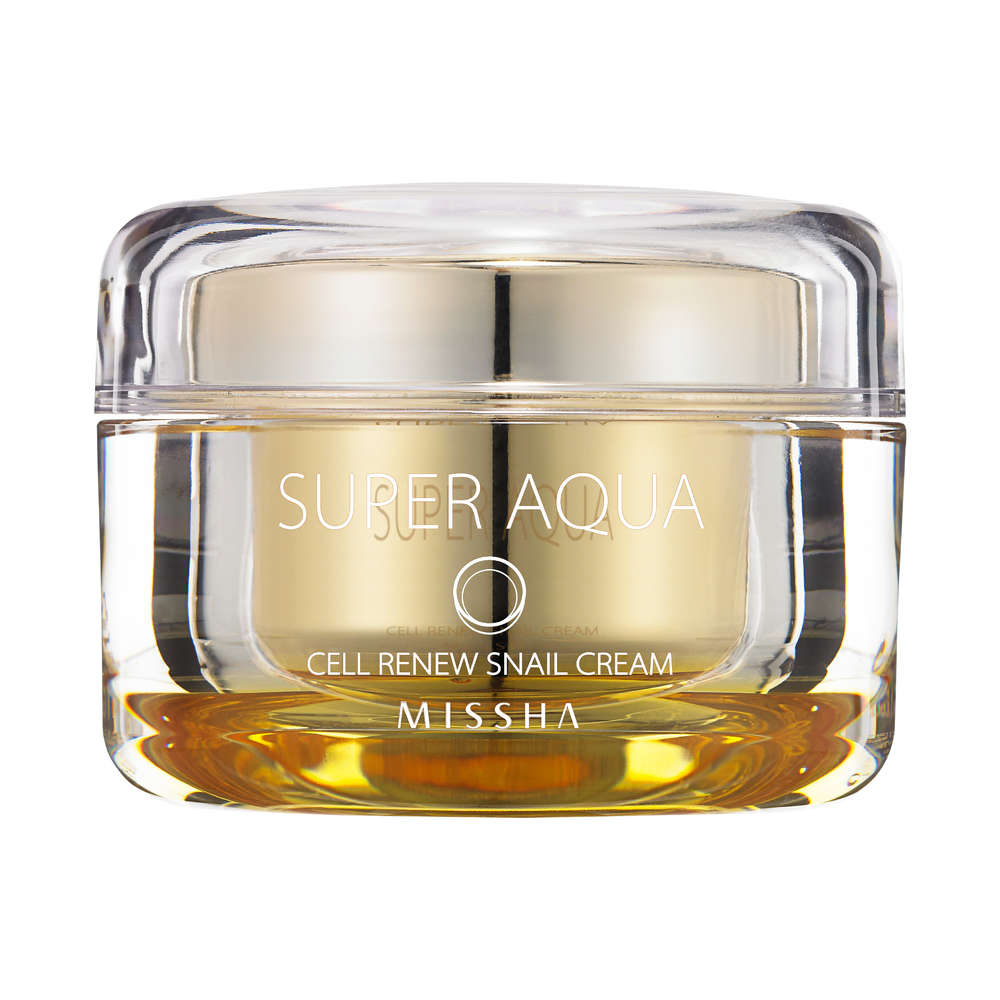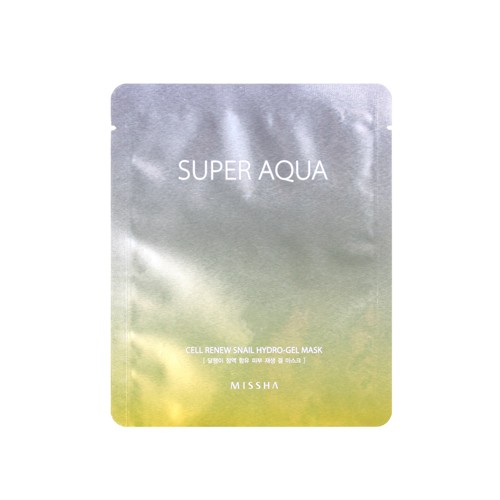Minimize wrinkles and repair skin damage are just some of snail mucin’s super powers. Learn what snail mucin is and why you should add this exotic ingredient to in your skin care regimen.
Why would anyone put snail mucin in skincare products in the first place?
Think of it this way: Snails move around by dragging their bodies on the ground. Pretty gnarly, right? Well, in order for them to not get totally torn up by whatever pointy, sharp or abrasive textures are on the ground, they have to heal themselves pretty fast, which is a natural ability found in that telltale snail trail.
K-beauty pioneered the idea of taking that super healing extract from the snail’s natural secretion and implementing it in skincare as a prime skin healer.
What does it do for your skin?
Snail mucin already possesses a bunch of well-known skin care treats like elastin, proteins, copper peptides, hyaluronic and glycolic acid, plus it also has anti-microbial properties to ward off bacteria.
Since snail mucin is still relatively new in the skincare world, there aren’t a lot of clinical studies for academic proof, but you just need to visit any skin care forum online and you’ll see the evangelical praise of how it’s helped people’s skin.
Snail mucin is known for being able to firm and tighten the skin, boost elastin and collagen production, replenish moisture, minimize wrinkles and fine lines, repair skin damage, fight blemishes, and even skin tone.
Where to find it
You’ll find snail mucin in products meant to help with anti-aging efforts, fading acne scars and pigmentation, or to help hydrate. Its natural peptides work to even skin tone and texture, encouraging collagen products to plump your skin up so it appears smoother and more hydrated. And since the whole point of snail mucin is to heal and repair, it does the same thing via cell regeneration for your pigmented or scarred skin cells.
So what’s the best way to get your snail mucin fix?
It depends on your skin type! If you are preparing for a long dry winter, definitely pick it up in moisturizer form. Missha’s Super Aqua Cell Renew Snail Cream is a bestseller for a reason. Its gel texture formula is insanely hydrating (layer it on at night to see how it doubles as a sleeping pack).
If you’re good on hydration for now but could still use a snail fix, an essence or sheet mask is the way to go. Missha also has a sheet mask infused with snail essence, but my personal favorite is the sleeping mask by Missha. It has snail mucin and Centella to even out skin tone. I recommend it for all skin types, especially sensitive and acne-prone skin.
Snail mucin essences will often have a watery gel texture that you can just pat on after toning and it’ll make your skincare routine feel all the juicier—something you definitely want, trust me.
















